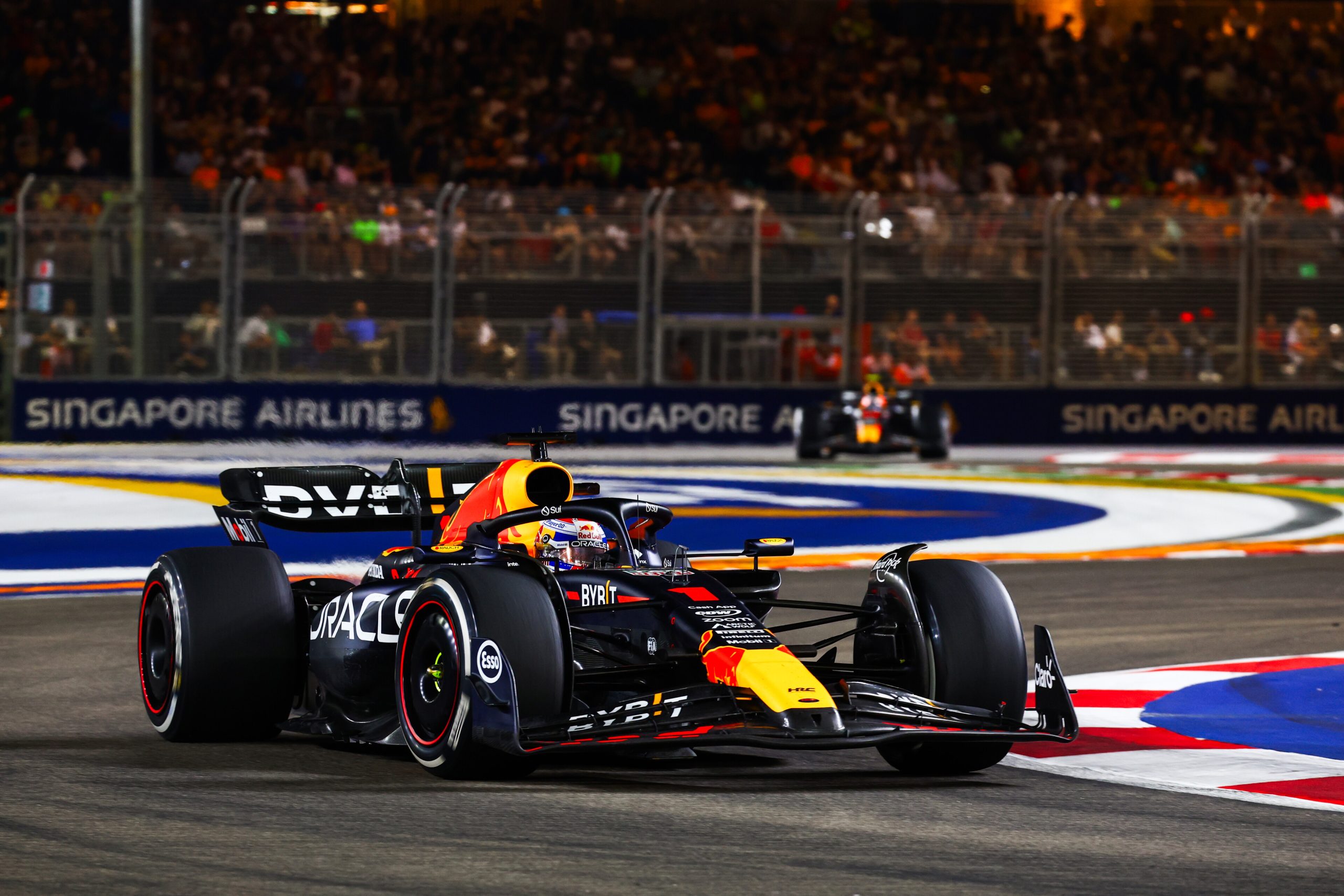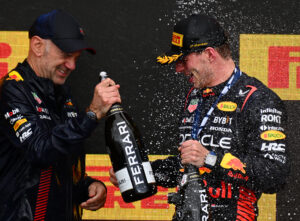At Marina Bay the car underperformed. Red Bull Racing’s Singapore GP weekend was a long series of missed objectives: both cars outside the top 10, difficult tire management, problems related to the track and the asphalt.
Some characteristics of the circuit
The Singapore circuit is a stop and go circuit with few corners usually this is a strength for Red Bull Racing. This is in fact a very tough layout for the braking system. Each rider spends 22 seconds on the left pedal: a quarter of the lap time. There are 15 braking sections on this track. Brake wear was an element that kept the engineers under particular stressed, step after step.
It is not a track where engine power is fundamental. The drivers only spent 44% of the time with the throttle completely wide open. The fatigue of the internal combustion engine was still considerable. The high temperatures and high humidity of the air added to the challenge. Consumption was also taken into consideration: an estimated 99 kg of fuel was used over the course of the race. If you didn’t want to run out of fuel you had to save fuel.
The first problems of Friday
Following free practice on Friday, some problems appeared. Red Bull Racing tried a new floor, however it didn’t work. In fact, this set-up that was not suitable for Singapore. The pair of Red Bull Racing‘s drivers immediately complained about a nervous and complex car to manage, foreshadowing difficult times right from the start.
Due to this, the Red Bull mechanics had to roll up their sleeves and try to fix the car. They tried reassembling the old floor, to no avail. This resulted in a reduction in the car’s performance. Several unclear points emerged from the debriefs. The car started with an overly bouncy rear end. Which caused trouble in braking zones, this gave the riders a constant feeling of crashing into the walls of Singapore.
Qualifications to forget
During this day we therefore try to find a solution, with a load search by lowering the car. Here the modifications to the car seem to provide a certain improvement but the umpteenth tweaks to the single-seater upset its balance. The two Red Bull drivers therefore find themselves, in these qualifying sessions, with a rather stiff and lowered car.
During qualifying, it was noticed that the car was often in contact with the asphalt of the track and, with every braking, the drivers risked blocking the front, a scenario that occurred with Verstappen starting from Q1. Due to this the Dutchman had to limit the tail braking phase to keep the car stable over the bumps. Added to the instability of the rear axle and its other consequences, this caused both drivers to be excluded from Q2.
The Race
Clearly the problems that emerged in qualifying also occurred on race day. Struggling with hard tires at the end of his life at the end of his first stint, Verstappen complained over the radio, explaining that it felt like he was driving on ice. But it also rained in the wet, given that the Safety Car caused by Logan Sargeant on the twentieth lap thwarted the strategy that Red Bull had opted for.
At the end of the race, Verstappen managed to make up a lot of ground against a now retreating Leclerc. Or so it seemed. If Sainz hadn’t kept a slow pace on purpose at the start of the race, keeping the group compact, Verstappen wouldn’t have been so close to finishing the race.
The Japanese Grand Prix will be held next Sunday, on the historic Suzuka track. The next GP will be important for Red Bull to re-establish its dominance, demonstrating that perhaps the misstep at Marina Bay was just an isolated case.






